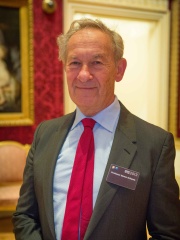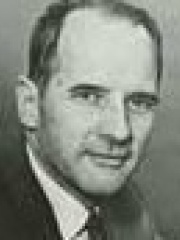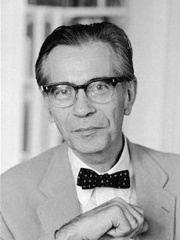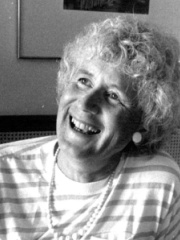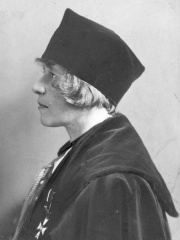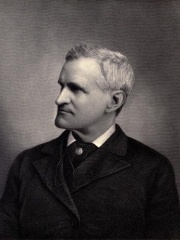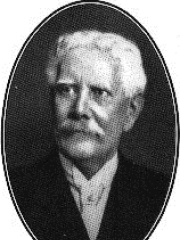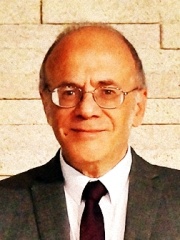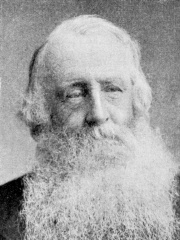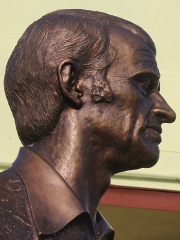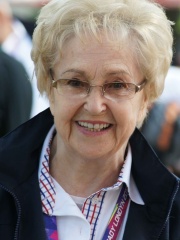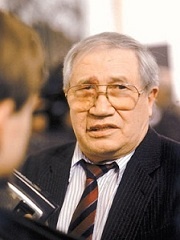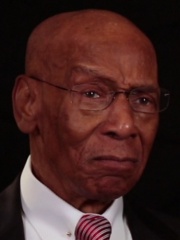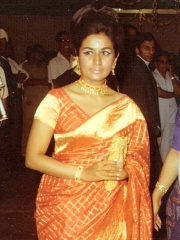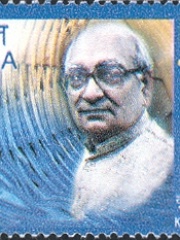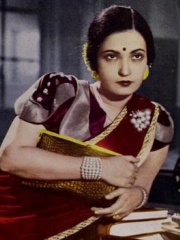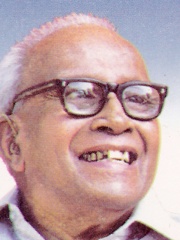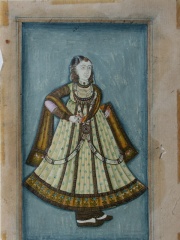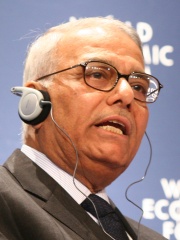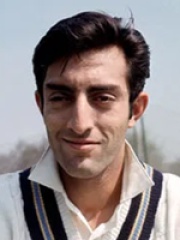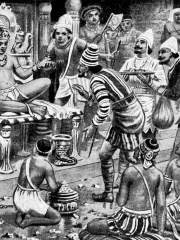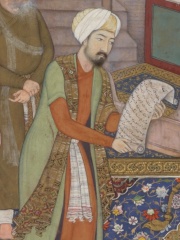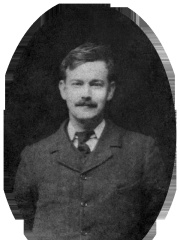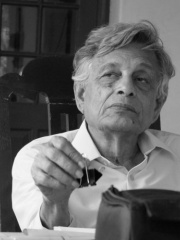Historian
Romila Thapar
1931 - Today

 Romila Thapar
Romila Thapar
Romila Thapar (born 30 November 1931) is an Indian historian. Her principal area of study is ancient India, a field in which she is pre-eminent. Thapar is a Professor of Ancient History, Emerita, at the Jawaharlal Nehru University in Delhi. Thapar's special contribution is the use of social-historical methods to understand change in the mid-first millennium BCE in northern India. Read more on Wikipedia
Her biography is available in 25 different languages on Wikipedia (up from 24 in 2024). Romila Thapar is the 528th most popular historian (down from 518th in 2024), the 919th most popular biography from India (down from 818th in 2019) and the 4th most popular Indian Historian.
Memorability Metrics
Page views of Romila Thapar by language
Among Historians
Among historians, Romila Thapar ranks 528 out of 561. Before her are Simon Schama, Carroll Quigley, Richard Hofstadter, Jan Morris, Cezaria Jędrzejewiczowa, and Francis Parkman. After her are Charles Oman, Richard Bauckham, Warren Treadgold, Vasily Struve, Andrei Lankov, and Edward Augustus Freeman.
Most Popular Historians in Wikipedia
Go to all RankingsSimon Schama
1945 - Present
HPI: 52.07
Rank: 522
Carroll Quigley
1910 - 1977
HPI: 52.05
Rank: 523
Richard Hofstadter
1916 - 1970
HPI: 51.79
Rank: 524
Jan Morris
1926 - 2020
HPI: 51.74
Rank: 525
Cezaria Jędrzejewiczowa
1885 - 1967
HPI: 51.70
Rank: 526
Francis Parkman
1823 - 1893
HPI: 51.34
Rank: 527
Romila Thapar
1931 - Present
HPI: 51.27
Rank: 528
Charles Oman
1860 - 1946
HPI: 51.15
Rank: 529
Richard Bauckham
1946 - Present
HPI: 50.85
Rank: 530
Warren Treadgold
1949 - Present
HPI: 50.81
Rank: 531
Vasily Struve
1889 - 1965
HPI: 50.62
Rank: 532
Andrei Lankov
1963 - Present
HPI: 50.62
Rank: 533
Edward Augustus Freeman
1823 - 1892
HPI: 50.32
Rank: 534
Contemporaries
Among people born in 1931, Romila Thapar ranks 563. Before her are Robert Fowler, Zoltán Huszárik, Bassano Staffieri, Helena Pilejczyk, Jerry Herman, and Georgi Vladimov. After her are Ernie Banks, Werner Israel, Bruce Halford, Bernie Geoffrion, Leslie Bricusse, and Thane Baker.
Others Born in 1931
Go to all RankingsRobert Fowler
CYCLIST
1931 - 2001
HPI: 51.65
Rank: 557
Zoltán Huszárik
FILM DIRECTOR
1931 - 1981
HPI: 51.62
Rank: 558
Bassano Staffieri
RELIGIOUS FIGURE
1931 - 2018
HPI: 51.43
Rank: 559
Helena Pilejczyk
SKATER
1931 - 2023
HPI: 51.41
Rank: 560
Jerry Herman
COMPOSER
1931 - 2019
HPI: 51.37
Rank: 561
Georgi Vladimov
WRITER
1931 - 2003
HPI: 51.28
Rank: 562
Romila Thapar
HISTORIAN
1931 - Present
HPI: 51.27
Rank: 563
Ernie Banks
BASEBALL PLAYER
1931 - 2015
HPI: 51.25
Rank: 564
Werner Israel
PHYSICIST
1931 - 2022
HPI: 51.19
Rank: 565
Bruce Halford
RACING DRIVER
1931 - 2001
HPI: 51.18
Rank: 566
Bernie Geoffrion
HOCKEY PLAYER
1931 - 2006
HPI: 51.16
Rank: 567
Leslie Bricusse
MUSICIAN
1931 - 2021
HPI: 51.12
Rank: 568
Thane Baker
ATHLETE
1931 - Present
HPI: 51.10
Rank: 569
In India
Among people born in India, Romila Thapar ranks 919 out of 1,861. Before her are Nanda (1939), Krishan Kant (1927), Sushil Kumar (1983), Ruskin Bond (1934), Begum Akhtar (1914), and Jyoti Amge (1993). After her are E. M. S. Namboodiripad (1909), Bhumi Pednekar (1989), Mah Laqa Bai (1768), Neetu Singh (1958), Yashwant Sinha (1937), and Mansoor Ali Khan Pataudi (1941).
Others born in India
Go to all RankingsNanda
ACTOR
1939 - 2014
HPI: 51.34
Rank: 913
Krishan Kant
POLITICIAN
1927 - 2002
HPI: 51.34
Rank: 914
Sushil Kumar
WRESTLER
1983 - Present
HPI: 51.33
Rank: 915
Ruskin Bond
WRITER
1934 - Present
HPI: 51.33
Rank: 916
Begum Akhtar
SINGER
1914 - 1974
HPI: 51.32
Rank: 917
Jyoti Amge
ACTOR
1993 - Present
HPI: 51.31
Rank: 918
Romila Thapar
HISTORIAN
1931 - Present
HPI: 51.27
Rank: 919
E. M. S. Namboodiripad
POLITICIAN
1909 - 1998
HPI: 51.25
Rank: 920
Bhumi Pednekar
ACTOR
1989 - Present
HPI: 51.23
Rank: 921
Mah Laqa Bai
WRITER
1768 - 1824
HPI: 51.16
Rank: 922
Neetu Singh
ACTOR
1958 - Present
HPI: 51.15
Rank: 923
Yashwant Sinha
POLITICIAN
1937 - Present
HPI: 51.14
Rank: 924
Mansoor Ali Khan Pataudi
POLITICIAN
1941 - 2011
HPI: 51.13
Rank: 925
Among Historians In India
Among historians born in India, Romila Thapar ranks 4. Before her are Pulakeshin II (610), ʽAbd al-Qadir Badayuni (1540), and R. H. Tawney (1880). After her are Irfan Habib (1931).
Pulakeshin II
610 - 642
HPI: 62.05
Rank: 1
ʽAbd al-Qadir Badayuni
1540 - 1615
HPI: 58.82
Rank: 2
R. H. Tawney
1880 - 1962
HPI: 52.46
Rank: 3
Romila Thapar
1931 - Present
HPI: 51.27
Rank: 4
Irfan Habib
1931 - Present
HPI: 47.32
Rank: 5
